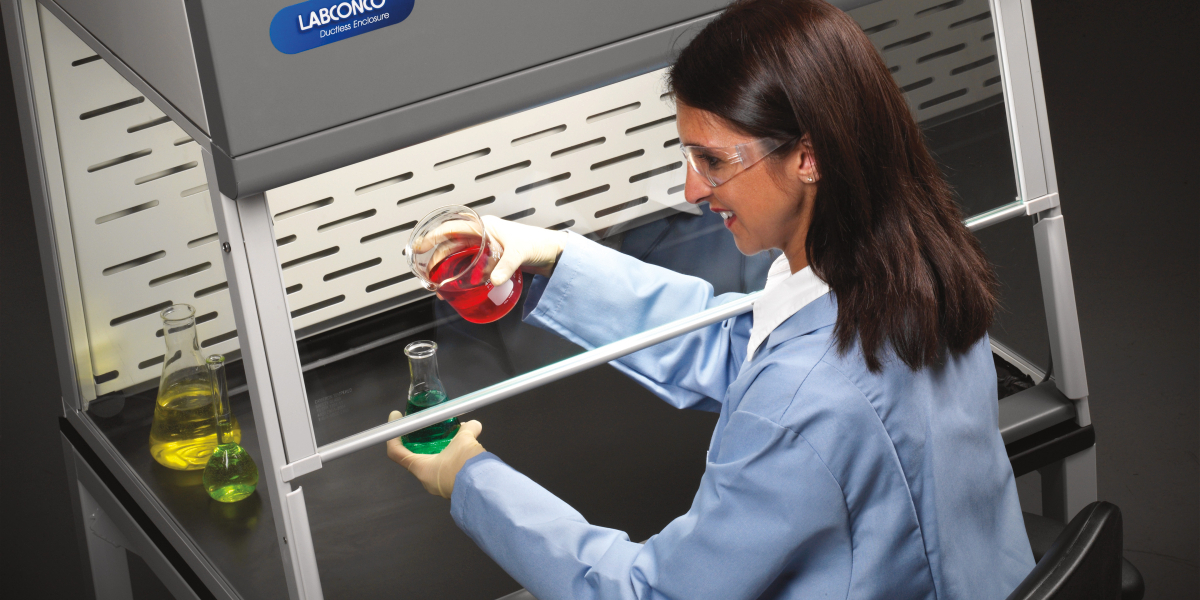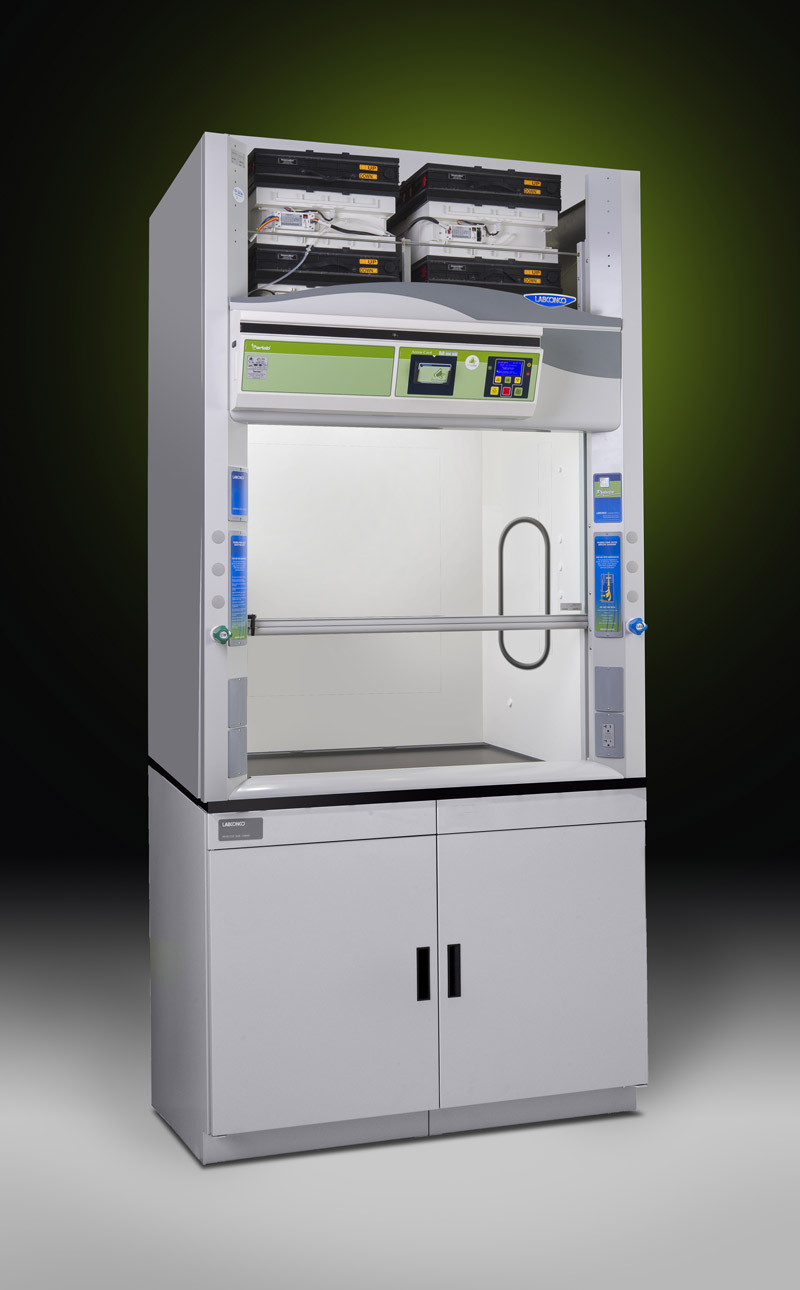The 4 kinds of ductless hoods

Many laboratory professionals think a hood is a hood. If it has four sides and the front is made of glass, they call it a hood.
If you take a closer look, though, there are biological hoods, radioactive hoods, chemical hoods, environmental hoods; the list goes on and on. Within chemical hoods there's a whole host of specialty enclosures meant to safely contain various types of chemical hazards. And then you have a very obvious delineation: hoods that are ducted and hoods that are ductless.
For users and lab managers, ductless hoods are heroes; meanwhile, for safety personnel ductless hoods cause headaches. The advantages of the ductless hoods are well known. They're turnkey, they're flexible and adaptive, they don’t require ductwork, they save space, etc… Their limitations are based on the chemistry behind their (usually) carbon-based filters.
The Scientific Equipment and Furniture Association (SEFA 9-2010) outlines ductless hoods this way (plus a more advanced kind that's not part of their definition).
Ductless Hood I
These enclosures are typically small and provide primary containment of nuisance chemicals only. Most common applications include clinical or educational histology and pathology, slide staining, and other uses of bench chemistry. Filters may be generic activated carbon, or they may be specific to the application. These hoods do not have active chemical detection and should not be used for handling hazardous chemistry.
Ductless Hood II
Hoods in this class are what most people think of when they think “ductless hood.” Varying filtration types are determined by the chemistry to take place within and applications are vetted by the hood manufacturer. Only manufacturer approved hazardous chemistry should be used in a DH II. These hoods have a method for detecting and communicating chemical breakthrough beyond filtration to the operator.
Ductless Hood III
Quite simply, these are DH II with backup filtration. The language defining this hood is funny. It requires the aforementioned backup filter after the chemical detection to be of the same type and efficacy. Efficacy meaning efficiency, not filter size and chemical capacity. The benefit of a DH III is that once the sensor detects breakthrough, protection remains constant long enough to obtain replacement filters.
BONUS Hood: Filtered Fume Hood
An advancement beyond DH III hoods, a filtered fume hood is an enclosure that vastly exceeds the defined design and application requirements of DH III.
Filtered fume hoods look like a normal ducted fume hood. They may have with valves, electrical duplexes and a vertical rising, full opening sash. Their features are designed for safety. These hoods can communicate unsafe operations to the operator, lab manager, administrator and/or safety officer.
The filters used in these hoods have more comprehensive application suitability. They can handle a large array of different chemicals from different chemical groups, at the same time. Finally, filtered fume hoods have an array of sensors that detect small concentrations of chemicals across multiple chemical families. So they help the laboratory personnel monitor and maintain safe operating conditions.

Some experts say that certain types of ductless hoods cannot be compared to one another. It's like comparing a cordless phone to a smart phone: both devices are not tethered to a wall, yet their capabilities are far from similar. Others see the differences from the perspective of the lab and those needing the enclosure. What's being done in the lab? What's being used in the lab? What are the laboratory safety requirements?
These questions are critical to selecting the right ductless hood for your lab's safety.
Request a chemical assessment to find out which hood and filter are right for your application.
| chevron_left | Type C1 Biosafety Cabinet Myths Busted | Articles | Top 10 reasons to build a new lab | chevron_right |






